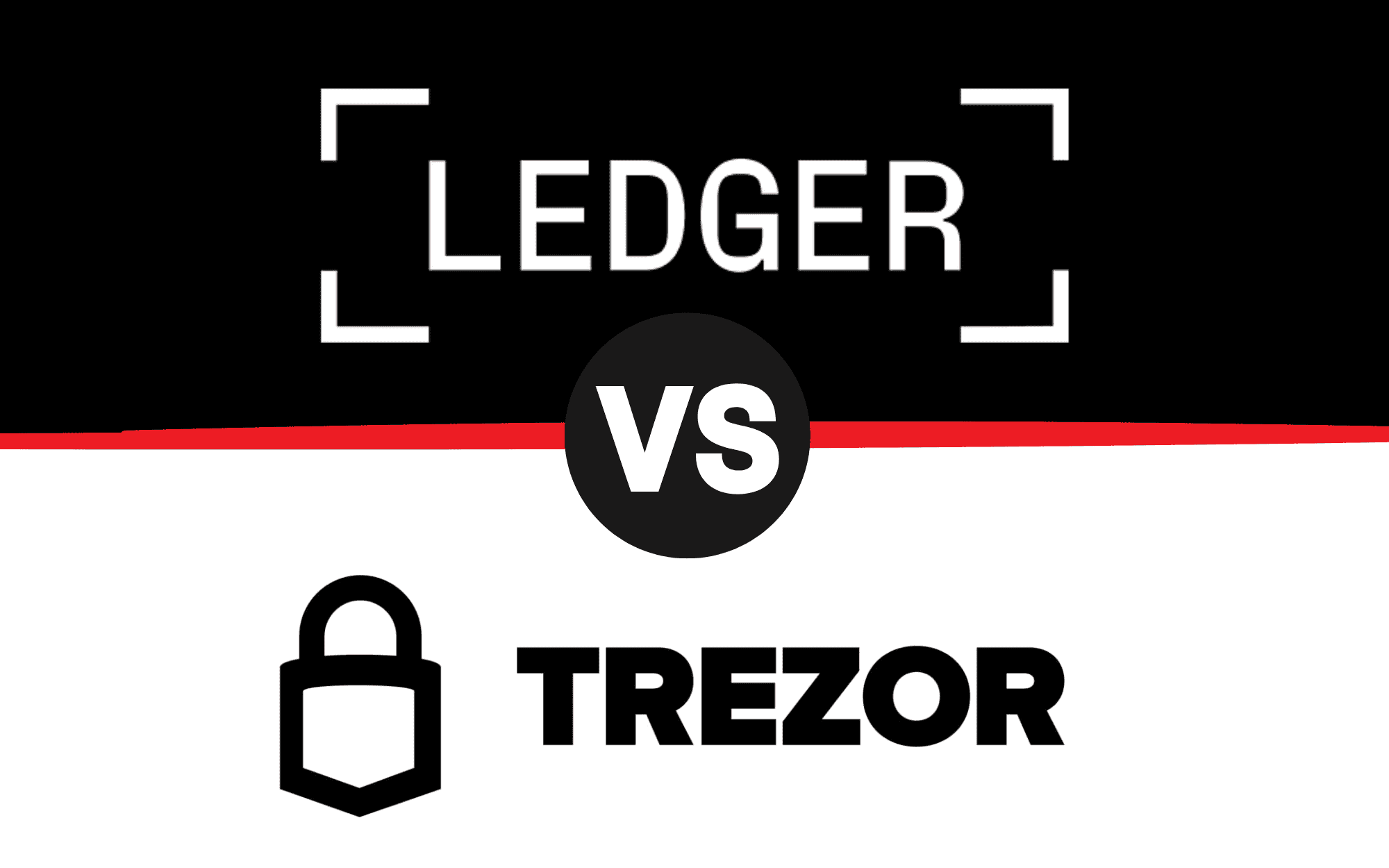Cryptocurrency staking has emerged as a popular way for investors to earn passive income in the blockchain ecosystem. Unlike mining, which requires substantial computational power, staking allows participants to support the network by holding and locking their cryptocurrency assets. In return, they receive staking rewards, making it an appealing option for those looking to grow their investments.
If you’re wondering how to start cryptocurrency staking, this comprehensive guide will walk you through the basics, benefits, and best practices. Our team has analyzed key platforms, staking methods, and expert tips to help you navigate this lucrative aspect of the crypto world.
By the end of this guide, you’ll have a clear understanding of how cryptocurrency staking works and how to choose the best options for your portfolio. Whether you’re a novice or looking to diversify your investment strategy, this beginner-friendly guide will provide actionable insights.
Staking is not only an efficient way to earn rewards but also contributes to the decentralization and security of blockchain networks. With the transition of major platforms like Ethereum to proof-of-stake (PoS), staking is becoming a cornerstone of the cryptocurrency ecosystem. This guide ensures you’re well-equipped to begin staking responsibly and profitably. Learn more about the basics of cryptocurrency staking
What is Cryptocurrency Staking?
Cryptocurrency staking is the process of participating in a blockchain network by locking up your crypto assets to validate transactions and secure the network. In proof-of-stake (PoS) blockchains, validators replace miners to confirm blocks and earn rewards based on the number of tokens they stake.
Key Benefits of Staking:
- Passive Income: Earn rewards by simply holding and staking your crypto assets.
- Eco-Friendly Alternative: PoS blockchains consume significantly less energy compared to proof-of-work (PoW) systems.
- Supports Network Security: By staking, participants contribute to the network’s security and decentralization.
- Predictable Returns: Unlike trading, staking provides a more stable and predictable way to earn from your investments.
- Ease of Participation: Many platforms have simplified staking, making it accessible even for beginners.
How Staking Works:
- Locking Assets: Participants lock a certain amount of cryptocurrency in a wallet.
- Validation: Stakers validate transactions based on their stake, with higher stakes increasing the chances of being selected.
- Rewards: In return for their contribution, stakers earn rewards in the form of additional cryptocurrency.
For example, Ethereum’s transition to Ethereum 2.0 introduced staking, allowing users to earn ETH rewards by locking up 32 ETH or joining staking pools. Other popular staking networks include Cardano, Polkadot, and Solana, each offering unique mechanisms and rewards.
Understanding the basics of how staking works and its potential benefits is crucial for making informed decisions. It’s a low-maintenance way to grow your crypto holdings while supporting the blockchain ecosystem. Explore Ethereum staking
Types of Cryptocurrency Staking
Understanding the various types of staking can help you choose the best approach for your needs. Here are the most common methods:
1. Direct Staking
Direct staking involves locking up your cryptocurrency assets in a network’s native wallet. This method typically requires a minimum stake amount and involves running a validator node.
Pros:
- Higher rewards for running a full node.
- Direct contribution to network security.
- Greater control over staking operations.
Cons:
- Technical expertise required.
- High initial investment in some networks.
- Responsibility for maintaining uptime and securing the node.
2. Staking Pools
Staking pools allow participants to pool their assets together, increasing their chances of earning rewards. These pools are managed by third parties who handle the technical requirements.
Pros:
- Lower minimum stake requirements.
- Simplified process for beginners.
- Access to rewards without full technical involvement.
Cons:
- Pool operators charge fees.
- Less direct involvement in the network.
- Dependence on the reliability of the pool operator.
3. Exchange-Based Staking
Many cryptocurrency exchanges, like Binance and Kraken, offer staking services, allowing users to stake their assets directly on the platform.
Pros:
- User-friendly interface.
- No technical setup required.
- Access to multiple staking options within one platform.
Cons:
- Reliance on centralized platforms.
- Lower transparency compared to direct staking.
- Platform risks, such as hacking or downtime.
Each type of staking has its advantages and limitations. Beginners often prefer exchange-based staking or staking pools for their simplicity, while advanced users may opt for direct staking to maximize rewards and control. Learn about Binance staking
How to Start Cryptocurrency Staking
Getting started with cryptocurrency staking involves a few simple steps. Follow this guide to begin your staking journey:
Step 1: Choose a Cryptocurrency
Not all cryptocurrencies support staking. Popular options include Ethereum (ETH), Cardano (ADA), Polkadot (DOT), and Solana (SOL). Research the staking rewards, network stability, and staking requirements for each asset. Ensure you understand the lock-up periods and reward structures for your chosen cryptocurrency.
Step 2: Select a Staking Method
Decide whether you want to stake directly, join a staking pool, or use an exchange-based platform. Consider your technical skills, investment size, and risk tolerance when making this decision. Beginners often find exchange-based staking or pools to be the easiest starting points.
Step 3: Set Up a Wallet
Use a compatible wallet for the cryptocurrency you plan to stake. For instance, Cardano requires a wallet like Daedalus or Yoroi, while Solana supports wallets like Phantom. Ensure your wallet is secure, with two-factor authentication (2FA) enabled.
Step 4: Stake Your Assets
Follow the network’s instructions to stake your assets. If using a staking pool or exchange, the process is typically straightforward and involves selecting a pool and confirming the stake. Direct staking may require setting up and maintaining a validator node.
Step 5: Monitor Rewards
Track your staking rewards regularly. Many platforms provide dashboards or tools to help you manage and optimize your staking activity. Monitor the network’s performance and ensure your assets remain staked to maximize returns.
By following these steps, you can start earning passive income through staking while supporting blockchain network security. Compare staking platforms
Risks and Best Practices
While staking offers numerous benefits, it’s essential to be aware of potential risks and follow best practices:
Common Risks:
- Slashing: Some networks penalize validators for downtime or malicious activity, resulting in a loss of staked funds.
- Market Volatility: The value of staked assets may decrease due to market fluctuations.
- Platform Reliability: Using unreliable staking platforms can lead to fund loss.
- Lock-Up Periods: Certain networks enforce lock-up periods, limiting access to your funds.
Best Practices:
- Diversify Your Staking Portfolio: Spread your assets across multiple networks to reduce risk.
- Research Platforms: Choose reputable staking pools or exchanges with a proven track record.
- Secure Your Wallet: Enable two-factor authentication (2FA) and use hardware wallets for enhanced security.
- Stay Updated: Follow network updates and changes to staking protocols.
- Start Small: Begin with a smaller stake to learn the process before committing larger amounts.
Understanding these risks and adhering to best practices can help you minimize potential losses while maximizing your staking rewards. Always perform due diligence when selecting platforms and networks for staking.
Team Opinion
Based on our research, cryptocurrency staking is a promising way to earn passive income while supporting blockchain networks. However, choosing the right staking method and understanding the associated risks are crucial for success. The variety of staking options—direct staking, pools, or exchanges—provides flexibility for users with different levels of expertise.
Our team recommends starting with a small stake in a well-known network, such as Ethereum or Cardano, and gradually diversifying as you gain confidence. Using trusted platforms and following best practices can help mitigate risks and maximize rewards. Staking is an excellent way to grow your portfolio sustainably while contributing to the blockchain ecosystem.
By following this guide, you can confidently start your cryptocurrency staking journey. Stay informed, choose reliable platforms, and enjoy the rewards of this exciting investment strategy.
FAQ
What is cryptocurrency staking?
Cryptocurrency staking is the process of locking up digital assets to participate in network validation and earn rewards. It is commonly used in proof-of-stake (PoS) blockchain networks.
How much can I earn from staking?
Staking rewards vary by network, typically ranging from 5% to 20% annually, depending on the cryptocurrency and staking method. Research your chosen network’s reward rates for accurate estimates.
Is staking cryptocurrency safe?
Staking is generally safe, but risks like slashing, market volatility, and unreliable platforms must be considered. Use secure wallets and trusted platforms to minimize risks.
What is the minimum amount required for staking?
The minimum amount varies by network. For example, Ethereum requires 32 ETH for direct staking, but staking pools often have lower thresholds.
Can I unstake my assets anytime?
Some networks have lock-up periods during which staked assets cannot be withdrawn. Check the terms for your chosen cryptocurrency.












